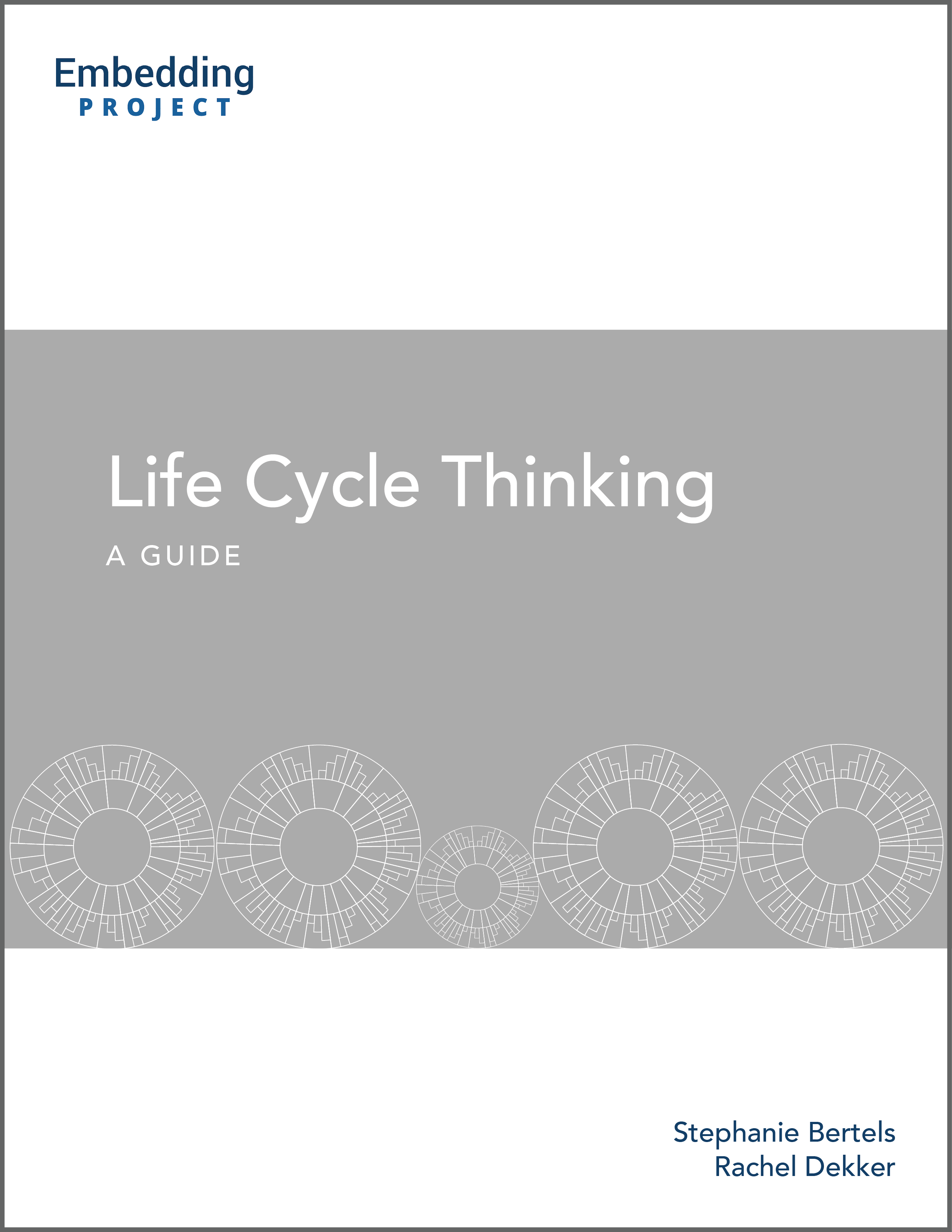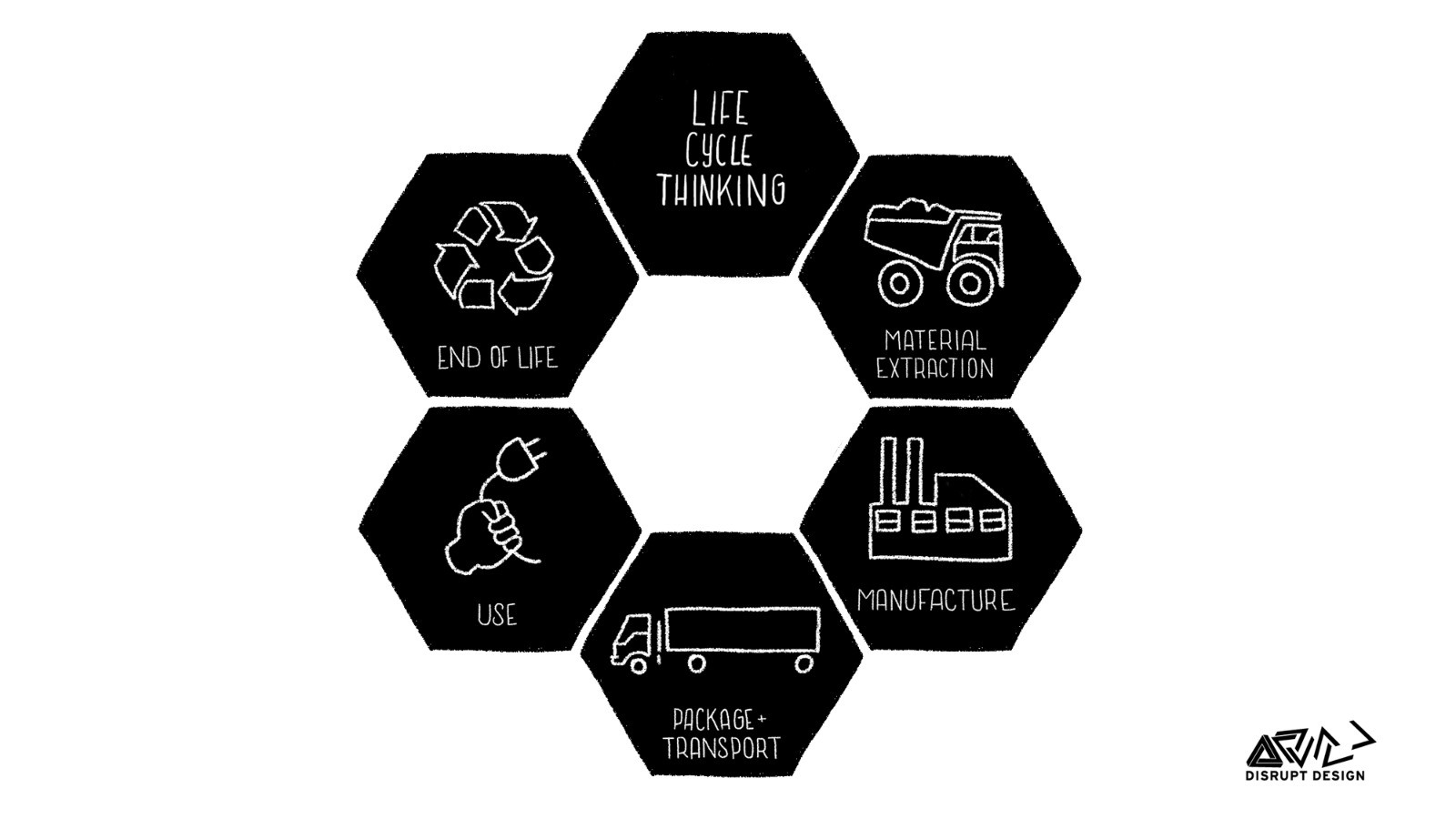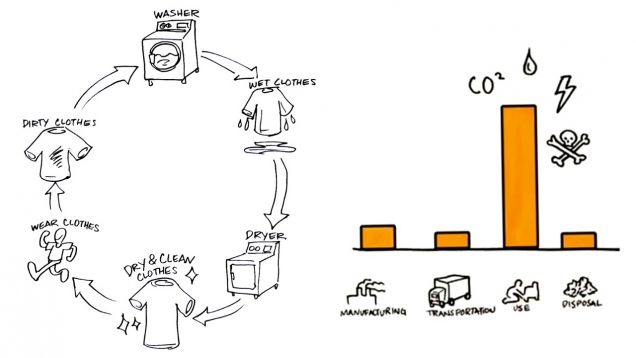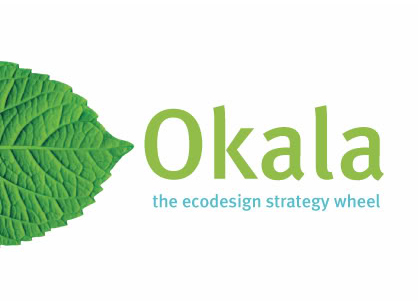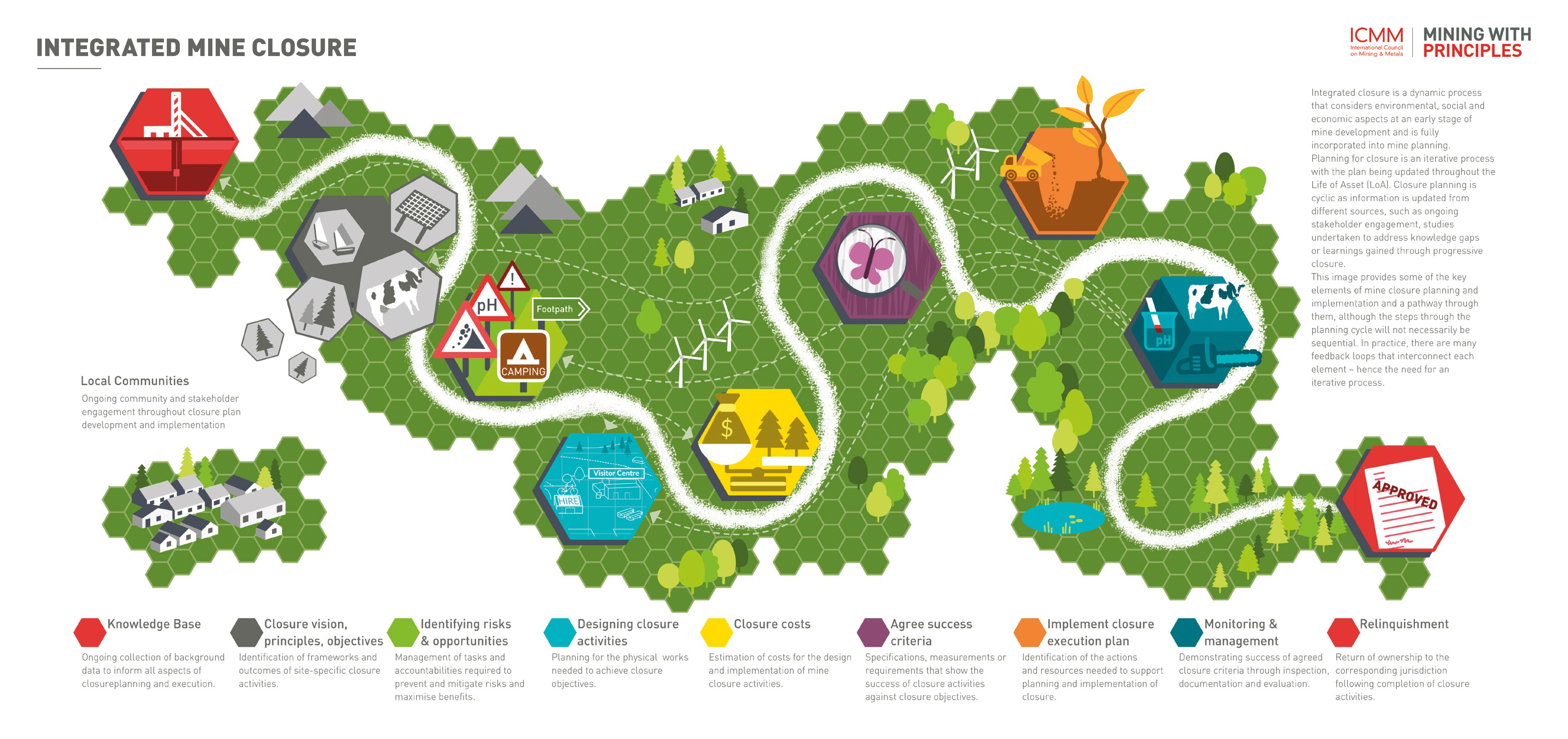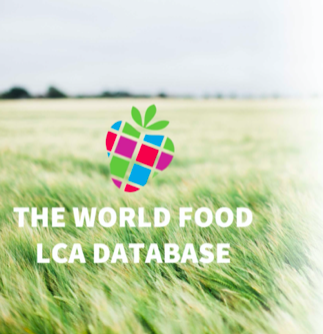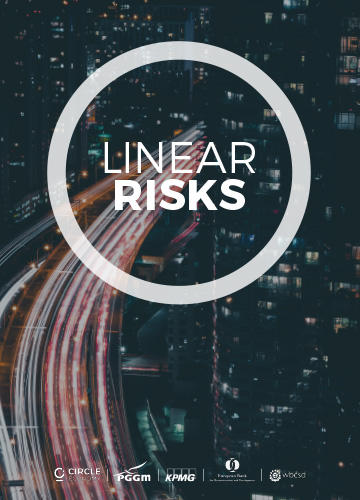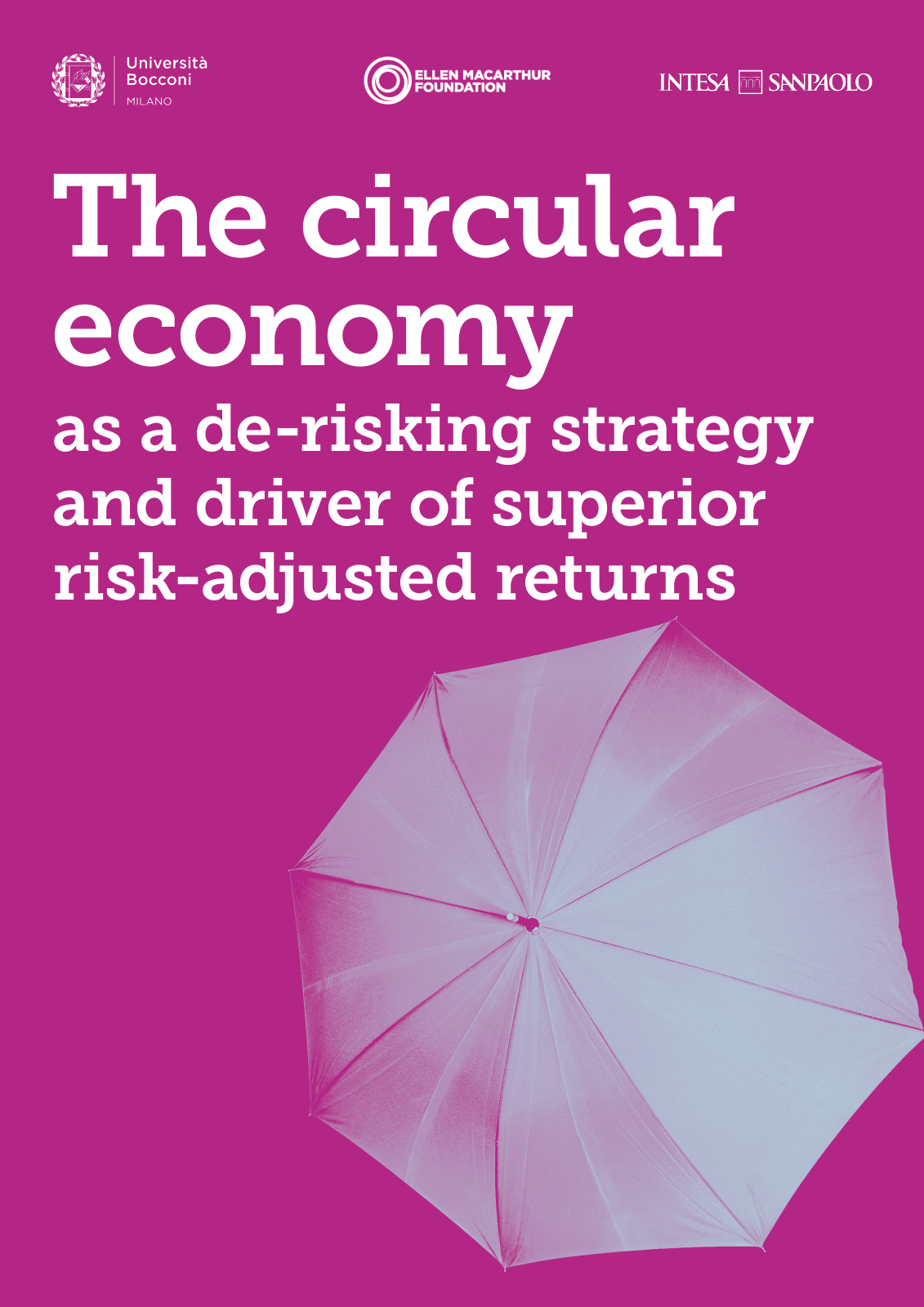Product Stewardship
Description
Including managing product lifecycle; improving product longevity; preventing spoilage; overage; defective products; unsold goods; design for repair and disassembly; circularity; and beneficial reuse for surplus.
Share this Subissue on:LinkedIn
Resources
Life Cycle Thinking
Life Cycle Thinking
This guide explains how life cycle thinking and mapping help you identify and better understand the potential impacts of your products and services on people and the environment. By exploring environmental and social impacts from your raw materials, through manufacturing and distribution, to customer use, and end of life, you can identify hot spots and leverage points to take action on.
Life Cycle Assessment
Our forthcoming guide on life cycle assessments help you understand the social and environmental impacts of your products or services. This guide explains what a life cycle assessment is, why your business might want to undertake one and what to know about the process before you reach out to an LCA consultant.
To be notified when this guide is released, sign-up for our monthly newsletter or follow us on LinkedIn.
A Guide to Lifecycle Thinking
This guide from Leyla Acaroglu, editor of Disruptive Design, provides an introduction to lifecycle thinking, identifies lifecycle stages and key components for analysis, and explains how to apply this approach within your own organization. Leyla also provides helpful tools and tips to get you started.
Whole Systems and Lifecycle Thinking
This short clip provides a great introduction to applying whole systems and lifecycle thinking to a product using the example of a clothes dryer. It was developed as a part of the Autodesk Education Community's Sustainability Workshop. The page also has a slide deck and video script, as well as links to information on Life Cycle Assessment, The Rocky Mountain Institute's 10xE design principles, and biomimicry.
Handbook for Product Social Impact Assessment
This comprehensive handbook outlines a method for analyzing the social impacts of a product across its entire life cycle. It presents a number of indicators you can use to make impacts more visible and potentially identify hotspots, risks, and opportunities for improvement. It was developed by The Roundtable for Product Social Metrics, a business-led working group that works in collaboration with academia, NGOs, government, and industry organisations.
Extended Producer Responsibility (EPR) Fact Sheet
Is your company ready to take the first step in managing its end-of-life packaging? If so, this short primer from WWF will help to acquaint you with the basics of extended producer responsibility (EPR). This document highlights the benefits of EPR, and provides a high-level overview of the roles and responsibilities of stakeholders in the EPR system.
Okala EcoDesign Wheel App
This "brainstorming tool" is a great prompt for early thinking on improving the sustainability of a product or service. Taken from the Okala Practitioner Guide, it organises different strategies for minimizing ecological impact around the stages of the product life-cycle.
Integrated Mine Closure: Good Practice Guide
Developed by ICMM, this guide provides examples of good practices and a range of tools that can be used to make well-considered decisions when planning for the final lifecycle stages of a mine. This guide builds on the Planning for Integrated Mine Closure: Toolkit, and is an invaluable resource for personnel responsible for mine management and financial oversight. Among other helpful insights, this guide articulates closure vision, principles, and objectives; the implementation of progressive closure activities; and planning for social transition to help reduce the impact of closure on workers and the community, among other insights.
World Food LCA Database
The World Food LCA Database is a comprehensive, international Life Cycle Inventory database and global initiative led by Quantis in partnership with leaders in the agri-food sector. This database will help you to evaluate the lifecycle and better plan for resource constraints and higher resource costs by providing transparent and consistent data for agricultural and food products based on the best science available.
Circular Economy and Innovation
What is the Circular Economy?
The Ellen MacArthur Foundation provides a range of videos, audio files, case studies, and slides that can help you to understand the limitations of our linear economy, the aspects and benefits of a circular approach to industry, and the principles that can enable businesses and communities to achieve a more sustainable economy.
Circular Innovation Council: Circular Procurement
This platform was created by the Circular Innovation Council to support Canada’s collective understanding of the circular economy and how purchasing advances it. It showcases a broad range of resources that may be especially helpful for sustainability practitioners and leaders working in Canada, such as case studies from a variety of sectors and industries; guidance and best practices; policies and frameworks; and purchasing tools.
Although created for the Canadian context, many of the learning materials here provide lessons and insights that are equally applicable elsewhere.
Circularity: From Theory to Practice
Circular business practices need to be embedded into business strategy in order to be sustainable. This briefing from the SustainAbility Institute can help you with the early stages of developing a circular economy strategy that aligns with your business strategy. It identifies four steps that can help you to kickstart your company's pursuit eliminating waste and maximising the reuse of resources: identify drivers and goals, determine focal points, develop an action plan, and execute.
The Circularity Gap Reporting Initiative
The Circularity Gap Reporting Initiative measures current states of circularity and provides annual findings on the global state of transition based on the latest scientific evidence. They also provide insights into the circularity gap of individual countries, regions, and sectors.
Their flagship report, the Global Circularity Gap Report, provides a yearly update on the state of global circularity and identifies key levers for advancing circularity. This resource can help bring you up to speed on resource use and provides an abundance of compelling numerics that highlight the need for - and pace of - systems change.
Linear Risks
There is growing pressure on the availability of resources, and our current "take-make-waste" approach does not focus on preserving the value and utility of resources to relieve this pressure. This short essay from WBCSD will help you understand the need for transitioning to a circular economy by defining linear risks and highlighting their wider impacts on business, communities, and the environment. Also included is a linear risk matrix with links to material, real-word examples of consequences for business.
CTI Tool
This free tool was developed to help businesses accelerate their transition towards a circular economy. Using a simple, objective, quantitative framework, the CTI Tool structures data, calculates outcomes, and generates reports, enabling you to improve your understanding of circularity and set mor ambitious targets.
Circular Transition Indicators V4.0 – Metrics for business, by business
The momentum to step away from the linear take-make-waste economic model is growing, and transparency and alignment are crucial to establishing a common language across industries and governments. The Circular Transition Indicators (CTI) was created to address this gap. This resource introduces an objective and quantitative framework that can support businesses of all industries, sizes, value chain positions, and geographies to measure and communicate their circularity in a consistent way.
This guide is divided into two parts. The first part explains the CTI framework and methodology; highlights the need for circular metrics and the use of CTI; explains the CTI process cycle; and explains how to get started. The second part is the CTI User manual, which outlines seven process steps for performing an assessment.
The circular economy as a de-risking strategy and driver of superior risk-adjusted returns
If you are looking for resources that will help you to build a business case for pursuing circular economy strategies, this resource is a good place to start. This white paper explains how circular economy strategies can reduce the risk of investments and drive superior risk-adjusted returns for investors and financial institutions. By decoupling economic growth from resource consumption, diversifying business models, and allowing your business to better anticipate stricter regulations and customer behaviour, circular economy principles can reduce exposure to supply chain disruptions, resource price volatility, and more.
Climate Governance and the Circular Economy: A Primer for Boards
This primer from the Climate Governance Initiative and the World Economic Forum was created to provide board directors with a practical understanding of the circular economy and how circular business models can be applied to achieve climate and environmental commitments. It unpacks the concept of a circular economy, explains the ways it can benefit businesses, and outlines how to get started. It also highlights emerging circular economy measurement and disclosure frameworks that can help you to monitor progress.
The Circular Economy: What Every MBA Needs to Know
This primer provides a helpful high-level summary of the circular economy that will benefit executives, board members, and other business leaders. It explains the issue of linear, take-make-waste models of modern economies; highlights the business risks of inaction, such as shifting consumer demands, regulatory changes, and supply chain disruptions; and highlights a broad range of opportunities for circular economy adherents.
Circular Buildings Toolkit
This toolkit can help owners, investors, and developers to better align their portfolios with sustainability regulations and laws and move beyond. Developed in partnership between the Ellen Macarthur Foundation and Arup, it was created to minimise building waste, keep products and materials in use for longer, and reduce emissions, and all from the start of the building design process. The toolkit features a circular design framework that includes an array of strategies and actions for relevant real estate projects, as well as a library of case studies.
Other Resources
The Plastic Leak Project Guidelines
This comprehensive guide provides a science-based methodology that can help you to map and measure plastic leakage across your value chain. It features a framework for understanding where leaks are occurring and assessing their significance, and provides a foundation for creating strategies and implementing actions that effectively address plastic pollution.
